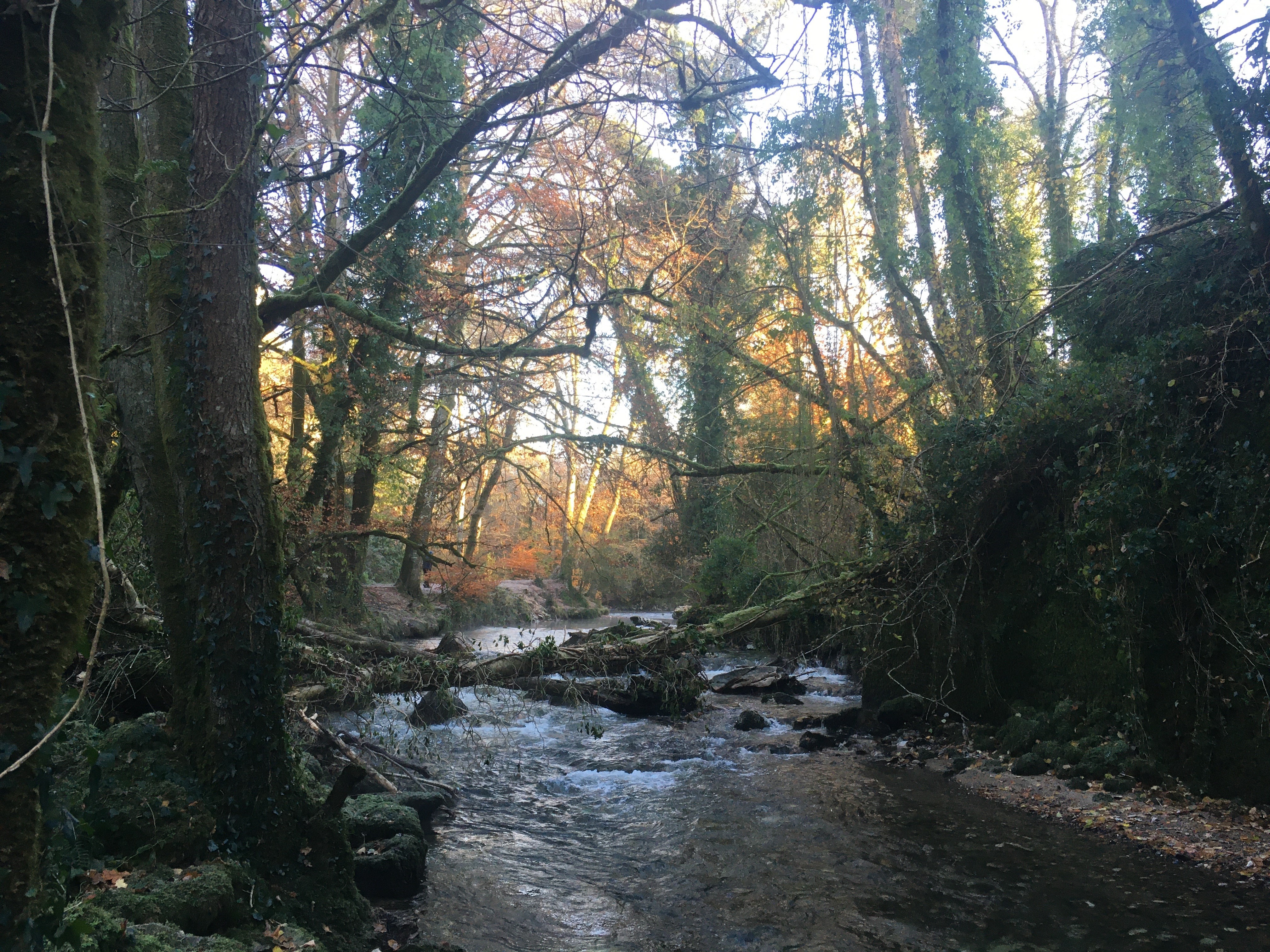The Yealm Estuary to Moor Project (YEM) is working towards an unobstructed and pollution-free river, helping fish and other aquatic life to flourish.
Emphasising community concern and engagement throughout our river catchment, YEM’s river-based work to date has in significant part been funded by the six riparian Parish Councils (Newton and Noss, Wembury, Yealmpton, Brixton, Sparkwell and Cornwood) which border the River Yealm. Communication and funding with the Parish Councils has been coordinated through the “River Yealm Water Quality Group (RYWQG), comprised of nominated representatives from each Parish.
Our river-based activities can be summarised as follows:
Scoping Study and Mapping
- The Westcountry Rivers Trust in partnership with the YEM group have undertaken a systematic Scoping Study which collates all available environmental information plus resource use through the Yealm Catchment. Initial analyses of opportunities have been identified within the context of YEMS objectives, such as for improving barriers to fish migration (dated Jan 2022). A full report is available upon request.
- The University of Plymouth in partnership with the YEM group are developing accessible and user-friendly maps and data sets for all environmental information covering the river Yealm, its catchment and estuary.
Citizen Science Investigation of water quality
- To help locate persistent low level pollution problems, YEM is coordinating an active Citizen Science Investigation programme which involves more than 30 volunteers, known as “The Yealm Dippers”. Volunteers sample water quality monthly at 24 sites through the Yealm Catchment, on behalf of the Westcountry Rivers Trust. A report describing this programme and our findings from the first full year is available here.
Continuous water monitor
- To better understand the hydrology, chemistry and associated dynamics of River Yealm, whilst continuously monitoring for intermittent pollution events such raw sewage spills from storm overflows and runoff from farms in bad weather, a continuous water monitor has been deployed at the bottom of river.
- The monitor records water depth, temperature, turbidity, pH, dissolved oxygen and dissolved solids, each at 15 min intervals.
- A report describing the deployment and our initial findings is available here.
- A telemetry unit has been linked to the above monitoring unit. Every 15 minutes, it uses a mobile phone network to send recorded data for remote storage and viewing. It also sends immediate alerts of pollution events by email or mobile phone. Real time data may be viewed here.
Pollution response team
- Responding to the alerts from the continuous water monitor, a response team has been trained to locate any source of contamination, and to take samples for potential analyses including for hydrocarbons, metals, pesticides and surfactants as necessary. To assess faecal contamination, YEM has developed an “in house” capacity to quantify the bacteria Escherichia coli and other enterococci.
- Evidence for pollution events has been reported to the Environment Agency. Incidents include from the continuous monitor, or as was recently collected largely by citizen science volunteers following release of China clay-like material that has led to prolonged smothering of our river.
Ecological impacts associated with water pollution
- The University of Plymouth is working with YEM to assess how different contaminant classes have changed in space and time through the Yealm catchment over past 2 decades. Findings are being related to changes in land management practice, including associated biodiversity inferred from historic surveys of fish and seagrass abundance.
- Towards further monitoring ecological impacts of pollution both now and into the future, funds have been obtained for annual “RiverFly” surveys that will quantify aquatic insects throughout the catchment, in collaboration with Wildfish and their Smart Rivers Programme.
Nature-based solutions
- Our findings are helping to guide significant ongoing hedge and tree planting projects as are being undertaken towards improving river water quality, with associated surveys of terrestrial biodiversity to help quantify combined benefits of these and other nature-based solutions.
Catchment Partnership
- YEM has helped initiate our own River Yealm Catchment Co-ordination Partnership, chaired by the Environment Agency, working with the Westcountry Rivers Trust, Devon Wildlife Trust, Farming and Wildlife Advisory Group, Natural England, Yealm Estuary Management Group, South Devon Area of Outstanding Natural Beauty and others, towards collaborating within the context of an agreed 5 -10 year plan.
Reporting
- All findings, data and associated reports are shared with Parish Councils, River Yealm Water Quality Group, Environment Agency and other bodies.
Future intentions
- The data from above-described water quality and biodiversity measures plus historical analyses will be used to:
- Further inform and engage community support;
- Identify problems as may then be addressed through future projects;
- Help quantify the integrated benefits of remediation work; and
- Lobby and negotiate further improvements.
If you would like to find out more, make a donation to support this work or to volunteer personally, please contact Tony Hawkins and Jane Pennington at This email address is being protected from spambots. You need JavaScript enabled to view it.
 River Yealm from old railway bridge looking up to Pimple Rock, Yealmpton.
River Yealm from old railway bridge looking up to Pimple Rock, Yealmpton.
Photo by Tony Hawkins - December 2022.
 River Yealm from old railway bridge looking up to Pimple Rock, Yealmpton.
River Yealm from old railway bridge looking up to Pimple Rock, Yealmpton.